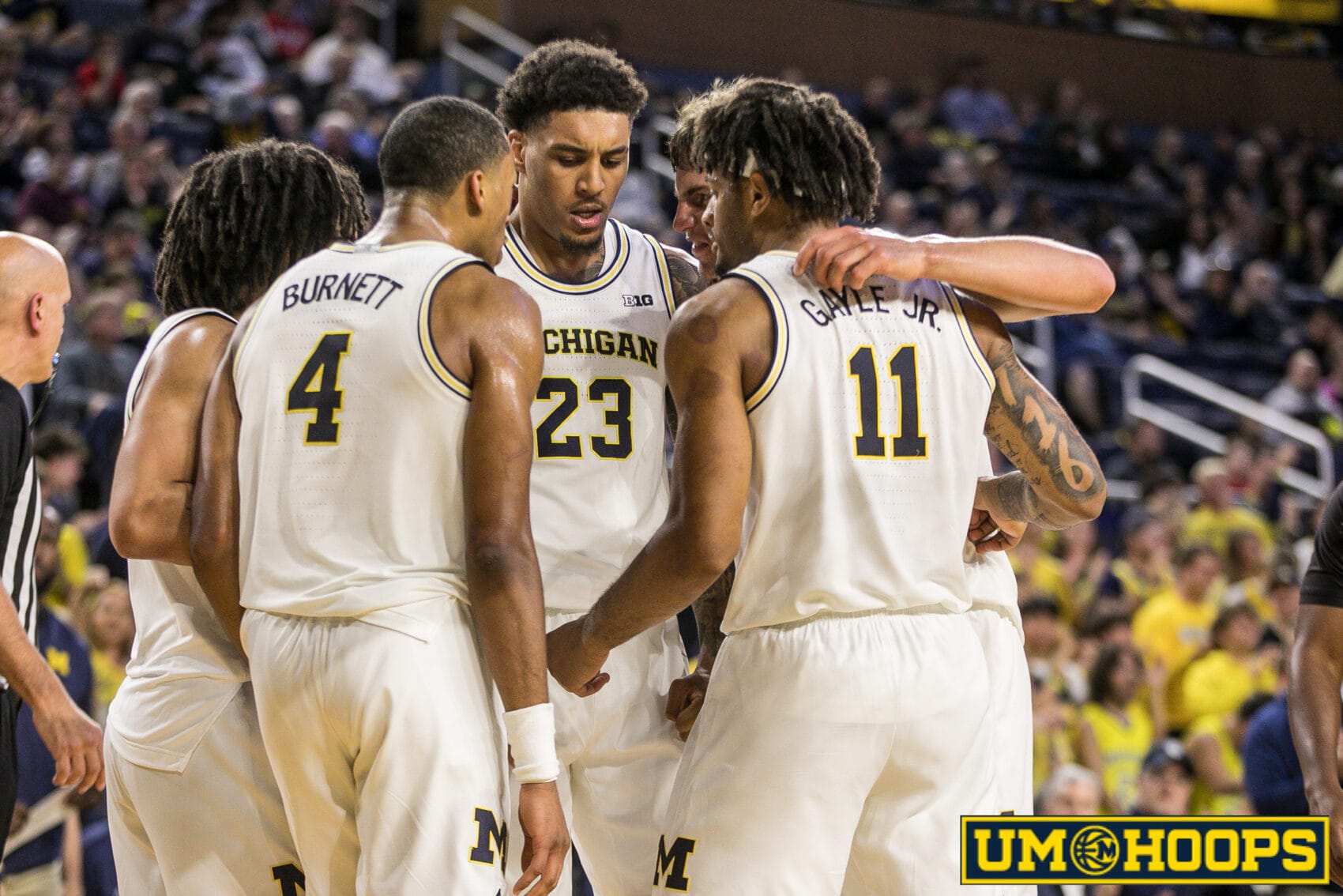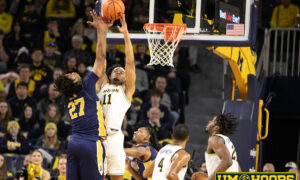Michigan opens the 2025-26 basketball season on Monday night (8:30 p.m., FS1) against Oakland with its highest preseason expectations in years.
The Wolverines overachieved in Dusty May’s first season and now enter the year with a top-10 preseason ranking and a roster that May says has the chance to play until the final weekend.
Michigan brings back four rotation players from last year, but none of its top options. Instead, the Wolverines will blend those returners with a four-man transfer class that’s among the best in the country.
Preseason exhibitions gave us a first glimpse, but it’s time for an annual tradition: my best take at what I (think I) know about Michigan basketball this season and what I want to know about Michigan basketball this season.
What I think I know
1. The lack of a stretch assignment is the best part of the roster
The rise of the transfer portal has turbocharged the assessment of roster fit across the sport. Transfers are ranked when they enter the portal, uniformly praised when they pick a school, and, when the dust settles, fit is quickly determined (often based solely on 3-point shooting). From there, groupthink takes over, and teams are cemented as rosters that fit or rosters that don’t.
Once the season starts, we praise the good teams, get ready to fire the bad coaches, and move on with our lives. We don’t really spend much time thinking about what the college basketball media and fan landscape got right or wrong, or how to understand and assess roster fit better in the future.
Michigan was quickly categorized as a “great transfers, bad fit” team, a classification that seems to hinge mainly on the difference in Tre Donaldson and Elliot Cadeau’s 3-point shooting stats.
There’s a chance this team doesn’t fit or struggles, and maybe it is because of perimeter shooting. I’d argue the opposite, though. I think Michigan’s pieces fit for a reason that is rarely discussed: the lack of a stretch assignment.
Most of Michigan’s roster will be given roles they can fulfill. Not an aspirational role, not a challenge to become some transformed version of themselves that they haven’t shown.
It’s a roster loaded with players who should play less minutes than they have in the past (Roddy Gayle, Nimari Burnett, Will Tschetter), or carry less of the load (Yaxel Lendeborg) than at their previous stops. Lendeborg has never had this caliber of supporting cast, and the supporting cast has never played with someone as talented and productive as Lendeborg. Aday Mara and Morez Johnson Jr. don’t have to dominate an entire game; they have to dominate half a game.
Players perform better in achievable roles. They struggle when they are asked to do too much. The best teams aren’t stretched; the best players on bad teams perform poorly because they don’t have enough help.
The last time Michigan had a roster that demonstrated this phenomenon was in 2020-21. Franz Wagner, Isaiah Livers, Hunter Dickinson, and Chaundee Brown were all capable of more than the roles they played, and their overqualification allowed role players like Mike Smith, Eli Brooks, Brandon Johns Jr., and even Austin Davis to flourish.
It often feels like magic or lightning in a bottle, but those seasons where every player has a career year don’t happen by accident. If Michigan succeeds this season, the lack of a stretch assignment will be the secret ingredient.
Join the UM Hoops Community
Join the only community dedicated to Michigan basketball
Get ad-free articles, recruiting, advanced stats, member-only discussion, and the most complete Michigan hoops analysis anywhere.
Already a member? Log In









